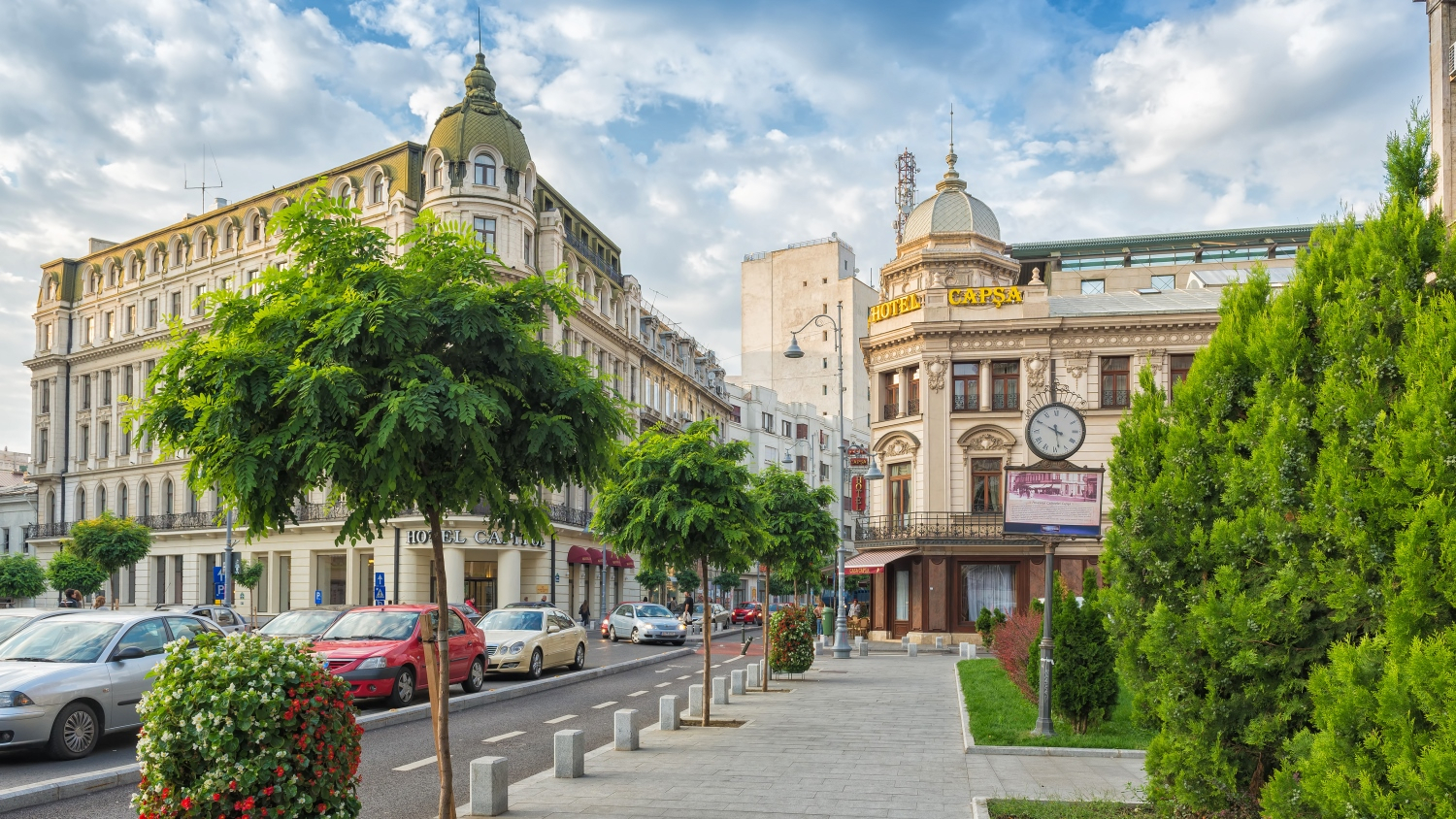As cities expand, the distances between residential neighborhoods and commercial centers grow, yet the number of visits to shopping malls continues to rise, along with the time spent in these commercial centers. This trend contrasts with what is happening in some European countries like Germany, Spain, and Italy, where shopping mall areas are starting to decline as large hypermarkets and outdated smaller centers are being abandoned or repurposed.
“The increase in time spent in malls suggests a shift in consumer behavior, as they are allocating more time to explore various options, enjoy recreational activities, or attend events organized there. Urbanization and expanding mall networks have created a favorable environment for brand development. In this context, changes in consumer behavior, such as the increased frequency and duration of mall visits, make indoor advertising a crucial tool for achieving marketing objectives. The synergy between urbanization, retail, and advertising opens up new horizons for business development, with significant potential for non-mall shopping centers, a segment expected to grow in the coming period,” said Georgian Drăghici, Commercial Director of Brand Management.
A survey conducted earlier this year by Brand Management, the leader of Romania's indoor advertising market, highlighted significant changes in Romanians' transportation habits when going to malls. In April 2023, the average travel time to the mall was 28 minutes, but by May 2024, this increased by 39%, reaching 39 minutes. Additionally, the time spent in malls increased by over 9%, from 130 minutes to 142 minutes. This can be explained not only by various road infrastructure projects but also by the rise in the registration of second-hand cars (+22.7%) and new cars (+12%) in the first half of the year.
This also explains the significant increase in the number of people choosing to drive to the mall (using personal, work, or borrowed cars). In 2023, 45% of people drove to shopping centers, while in May 2024, this figure rose to 58%. Public transportation ranks second, with 23%, down from 29% in April 2023, followed by walking (16%, down from 21% in 2023). Men overwhelmingly prefer driving to malls (65%), while women and Generation X prefer walking (19%). In contrast, Generation Z opts for public transport at a rate of 34%, reflecting the younger generation's interest in environmental protection and sustainability. People are also willing to travel distances between 9 and 17 kilometers (in 2024, the average distance to the mall increased by one kilometer to 12 kilometers), and the time spent in traffic to get to the mall is 44 minutes. Shopping remains the primary reason for visiting malls (89%), a percentage that has grown significantly year-on-year, likely due to the lifting of pandemic restrictions.
The outlook is positive for our region, including Romania, with an estimated 6% increase in shopping centers by 2025, compared to just a 2% increase projected for Western Europe.
“Romanians, like other Eastern European population, have a strong inclination to visit malls, turning these shopping centers into a real goldmine for brands in terms of advertising. Brand Management, with more than 20 years of experience in the indoor advertising industry, has evolved alongside Romania's shopping mall market, running campaigns in over 50 shopping malls nationwide. This expertise provides a significant competitive advantage for any marketer or brand aiming for an effective advertising campaign. With direct access to the target audience, companies can optimize their budgets and exposure time, saving valuable time and avoiding costly market studies,” said Laurențiu Jiga, Founder and CEO of Brand Management CEE.
Besides the malls, Brand Management's portfolio includes major shopping center developers such as AFI Europe, Anchor Grup, Băneasa Investments, CPI Property Group, Iulius Company, MAS Real Estate, NEPI Rockcastle, Prime Kapital, Scallier, Sonae Sierra, and others.
The survey was commissioned by Brand Management and conducted by Reveal Marketing Research online between May 10th – 19th, 2024, and reflects the responses of over 800 individuals. The margin of error is +/- 3.5% at a 95% confidence level.











